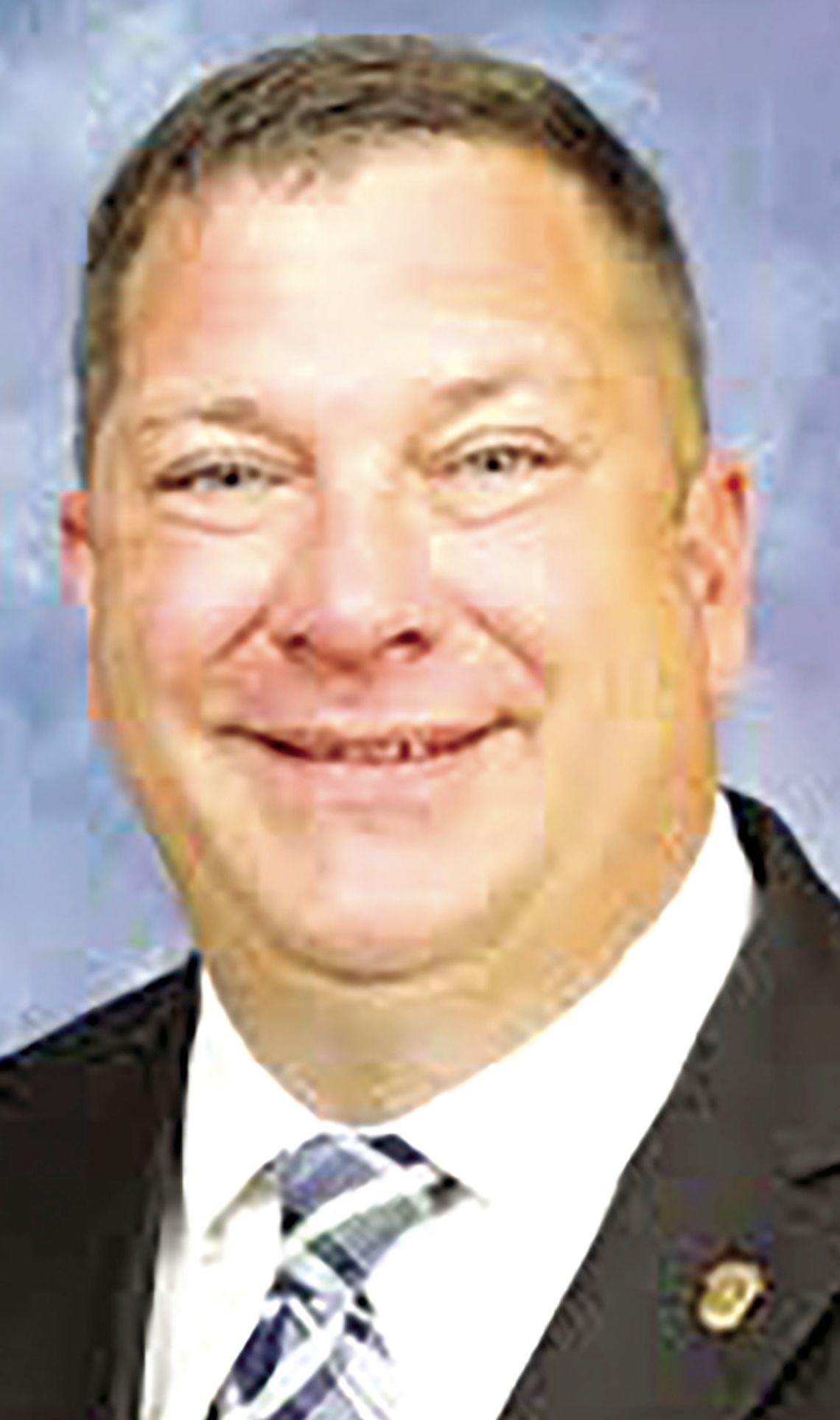Waycross–Ware County Development Authority President Jason Rubenbauer provided Ware County commissioners with a four-month update on progress in the community.
“We’ve got a significant increase in the number of projects we’re actively working right now,” said Rubenbauer. “Some of those are coming to fruition. I cannot make any announcements on those until the company is ready.”
One of the updates was the progress in the clearing of Gus Karle Parkway.
“We are clearing the last half of the property, which is about 90 acres,” he said. “One side is complete. We need to go ahead and get Gus Karle Parkway paved.”
Rubenbauer told commissioners GATX was holding (Tuesday, August 19) a ribbon cutting for a project just finished and a groundbreaking ceremony for a new projec.
“Since COVID, they’ve (GATX) has added over 66 full-time jobs, hourly and salary positions,” said Rubenbauer. “Waycross is now the second largest location for GATX in the United States, just behind Texas.”
Rubenbauer said the Waycross–Ware County Development Authority is promoting Waycross and Ware County all the time.
“If you realize what development is, it’s trying to make sure Waycross gets the same recognition as Atlanta, Savannah, Dallas, Dubai,” explained Rubenbauer. “We’re competing globally. We really are.
“Now, we’re seeing some of the effects of the tariffs with companies from overseas looking at the United States and we’re trying to capitalize on that. I’m aggressively reaching out to companies that I know who are seeking other areas and trying to show them why they need to be right here because we’re close to the Georgia ports of Savannah, Brunswick and the Jacksonville ports.
“We’ve got the CSX logistics here, which is sometimes a pain for us, but the impact that that logistic hub has for our community is something that most communities in the United States cannot brag on.”
Rubenbauer told commissioners the biggest thing hurting Waycross and Ware County is available space of 50,000 square feet and above with a minimum 30-foot wall height.
“That’s the one thing that’s killing us,” he said.
“And for us to build a spec building that meets those parameters, we’re looking at probably 5-10 million dollars, depending on the type of building we build. You don’t want to restrict yourself and build a 75,000 square foot building and that’s all you’ve got. It’s got to be expanded.
“So, when we’re talking about funding and things like that for us to be competitive, those are conversations we’ve got to have. If we really want to be playing with the big boys, we’ve got to be ready.”
Rubenbauer explained why land has to be cleared to intice companies.
“A big issue we had when I came on more two and a half years ago standing timber everywhere,” he said. “We’re clearing off the trees. You cannot attract industry with standing timber.
“If you’re building a business, it’s going to take you six to 12 months of additional work before you can actually start building your business and become operational.”
Rubenbauer concluded by addressing the workforce.
“We only have a 50 percent workforce participation rate, ages 16 to 65,” stated Rubenbauer. “That is lower than the majority of our neighbors. The state average right now is 63.4 percent. We’ve got to get the people who are not in the workforce and find out why they’re not working.
“We cannot buy the excuse it’s because of low paying jobs. If you go out to any one of our industries right now, and you gain the skills, you could easily be making $60,000 and up a year within a few short years. We’ve got good paying jobs here if you’re willing to show up for work.”
Rubenbauer added he talked with three industries who all said the exact same thing.
“I was told those companies advertise jobs and get 100 applicants,” said Rubenbauer. “They said half of those applicants get thrown out because they do not have a good work ethic. They don’t have any work experience and when we call them, they do not answer their phone.
“From the list of 50, only half of those will show up for an interview. If you hire five, one will stay the whole first day. That’s a problem. And it’s not just in industry. It’s in commercial and it’s in retail.
“It’s everywhere. We have got to fix our workforce problem, and it’s not just us, it’s everywhere.”









